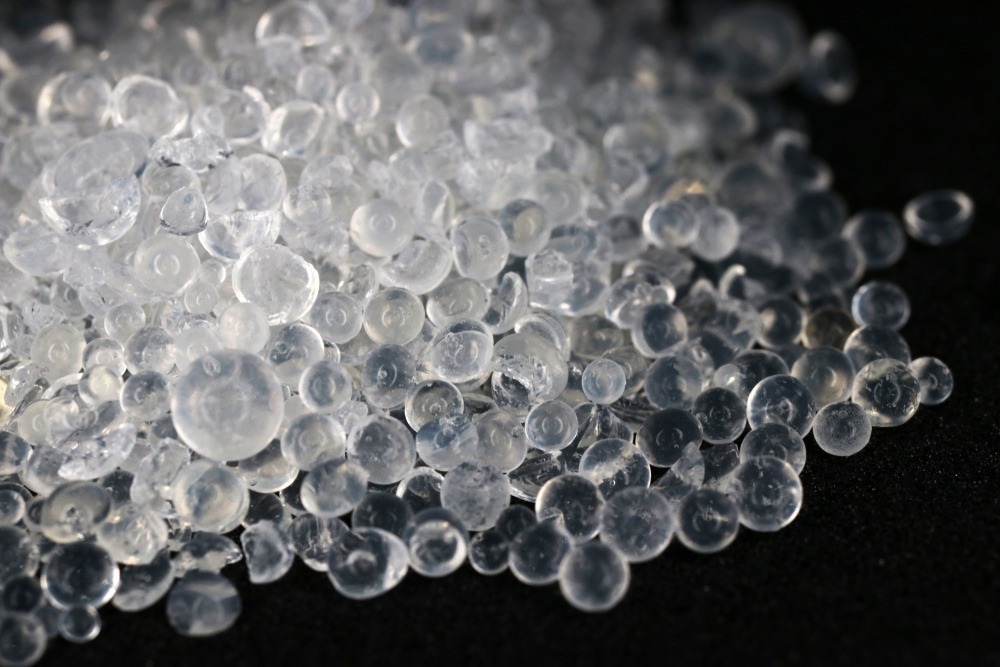In a paper recently published in the open-access journal Materials, researchers reviewed the recent studies on the preparation, characterization, and uses of silica as well as silicates in several areas.

Study: Silica and Silica-Based Materials for Biotechnology, Polymer Composites, and Environmental Protection. Image Credit: photowind/Shutterstock.com
Background
Silica along with materials based on silica is now considered among the most widely used materials across the globe. This is because of silica's remarkable mechanical resistance, stability, and neutrality toward a majority of molecules, as well as its surface characteristics, namely its abundance of hydroxyl moieties and large surface area. Moreover, the progressively increasing number of design and development opportunities for newer production methods and the implementation of innovative characterization approaches allow for the application of silica as well as silica-based materials, for example, in advanced catalytic and medical solutions.
However, further research is needed to facilitate the development of new silica-based materials in numerous industries. Previous studies have examined several aspects associated with the impact of different parameters of synthesis on the characteristics of the finished materials while presenting various methods for assessing the characteristics of silica materials. Studies have also discussed the use of materials based on silica as an affordable support and adsorbent material employed for the co-immobilization of enzymes in the pharmaceutical sector.
Synthesizing Silica Materials with Diverse Morphologies
Numerous synthesis methods have recently been suggested to facilitate the production of silica materials with various morphologies and characteristics. Due to their extensive use in the industry, Hybrid Mesoporous Materials (HMM) and Santa Barbara Amorphous (SBA) have received particular attention. To make the practical use of such materials easier, information on the modification of silica using metal ions and/or organic functional groups has been suggested, along with the general characterization of such materials as well as manufacturing methods.
The application of Cu-Al/SiO2 material using the cetyltrimethylammonium bromide template was found to result in 100% NO decomposition at temperatures over 750 °C, outperforming all other tested materials. A clear correlation between silica particle size and ammonia and water concentrations was observed. Examining reliable and reproducible techniques for determining particle size is crucial since particle size is among the crucial factors influencing the final characteristics of silica-based products.
Another investigation used four techniques to examine three bimodal silica nanoparticles such as dynamic light scattering (DLS), small-angle X-ray scattering (SAXS), transmission electron microscopy (TEM), and microfluidic resistive pulse sensing (MRPS). The findings demonstrated that DLS, SAXS, and MRPS, had limitations, such as issues with the resolution of bimodal particle size distributions, some mathematical challenges for the distribution of broad-size particles, and a restriction on particle sizes beyond 50 nm, respectively.
Impact of Silica Modification on Soil
Since silica is a key component of soil, silica-related processes have a considerable impact on the characteristics of the soil. The most inevitable forms of soil modification and destabilization are coastal accretion and erosion. In order to investigate the impact of various ratios of stabilizer/pozzolan on coastal soil, a study followed coastal soil’s geotechnical behavior with lime treatment, rice husk ash, and cement. The study attempted to prepare a cost-effective substitute mixture with ecologically friendly characteristics. It was established that the physical and mechanical features including the shear stress of the soil significantly improved in the treated soil in comparison with the untreated soil. Other parameters of strength, like cohesiveness and angle values of internal friction, also increased.
Research also demonstrated how commercially accessible magnesium aluminometasilicates (MAS) are characterized. They reported that MAS concentration as well as pressure have a considerable impact on MAS profile. The interparticle interactions were diminished at low pressure, resulting in a glidant action. In contrast, these interactions were enhanced at increased pressure, resulting in binder activity.
In pharmaceutical technology, it was conceivable to prepare prospective multifunctional excipients. Silicas can be used as support materials for enzyme immobilization because of their high sorption capacity and large surface area, as well as an abundance of surface hydroxyl groups. For example, mesoporous SBA 15 silica was utilized as a carrier for the concurrent generation of xylonic acid and gluconic acid, as well as for the co-immobilization of xylose dehydrogenase and glucose dehydrogenase.
Conclusions
In conclusion, the researchers demonstrate in detail the exceptional qualities of silica along with silica-based materials while highlighting the tremendous potential displayed by these materials in a wide range of applications. In addition, cooperation among researchers as well as with industrial engineers is essential for the creation of innovative ideas and useful solutions in all areas of research. Keeping track of the increasing data and utilizing them to their full potential is crucial.
Disclaimer: The views expressed here are those of the author expressed in their private capacity and do not necessarily represent the views of AZoM.com Limited T/A AZoNetwork the owner and operator of this website. This disclaimer forms part of the Terms and conditions of use of this website.
Source:
Zdarta, J.; Jesionowski, T. Silica and Silica-Based Materials for Biotechnology, Polymer Composites, and Environmental Protection. Materials 2022, 15, 7703. https://doi.org/10.3390/ma15217703